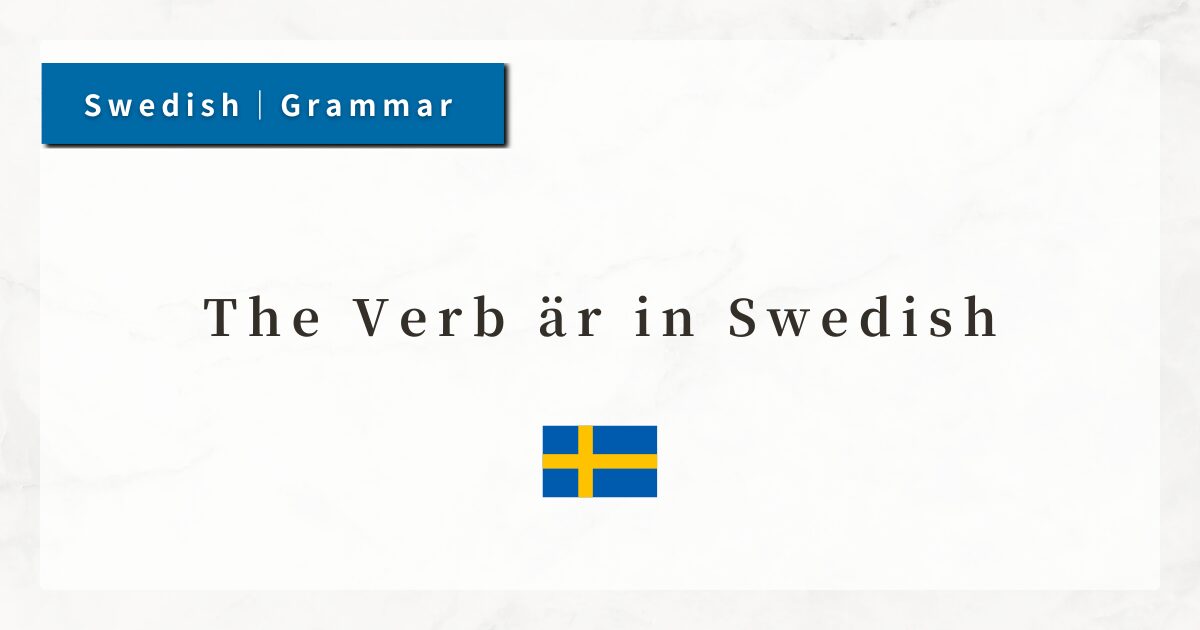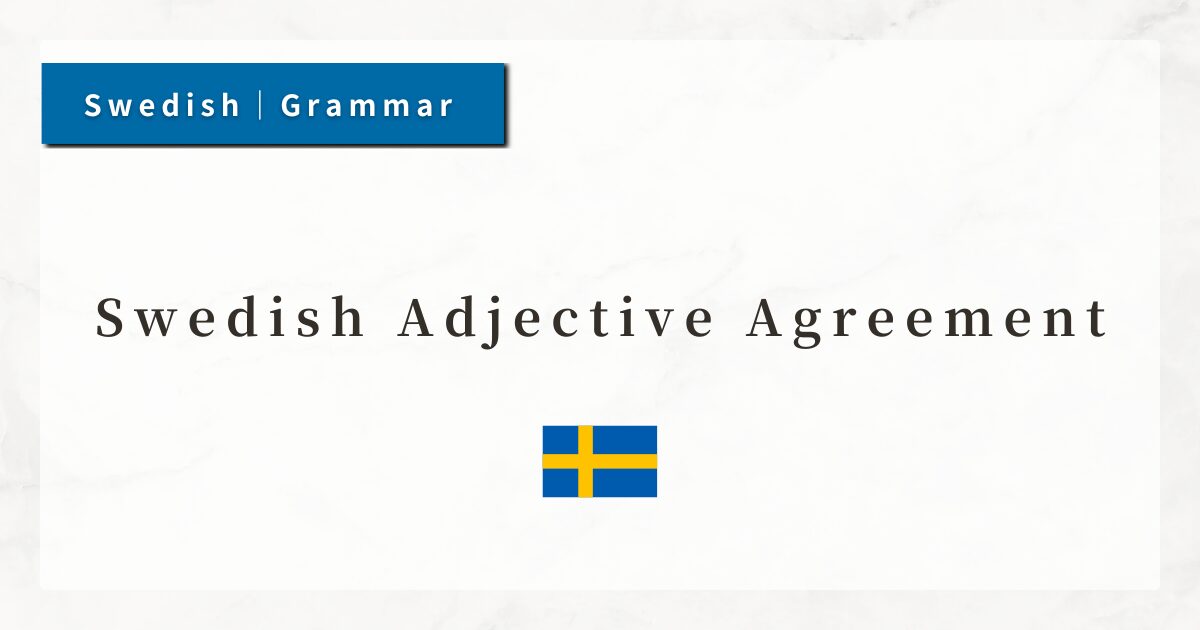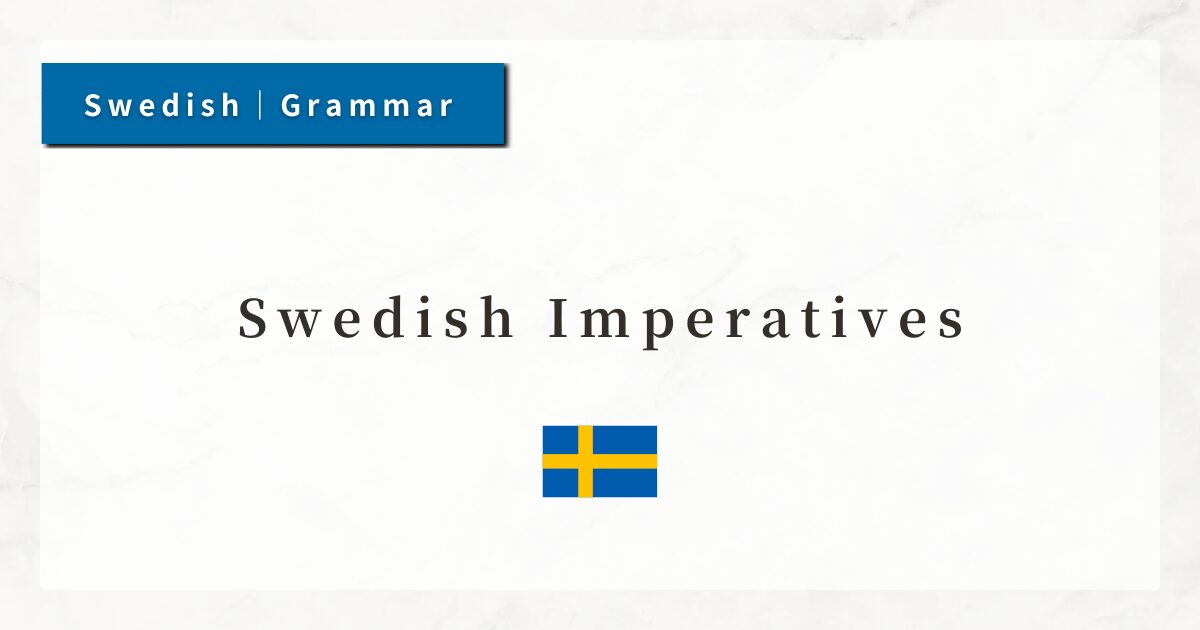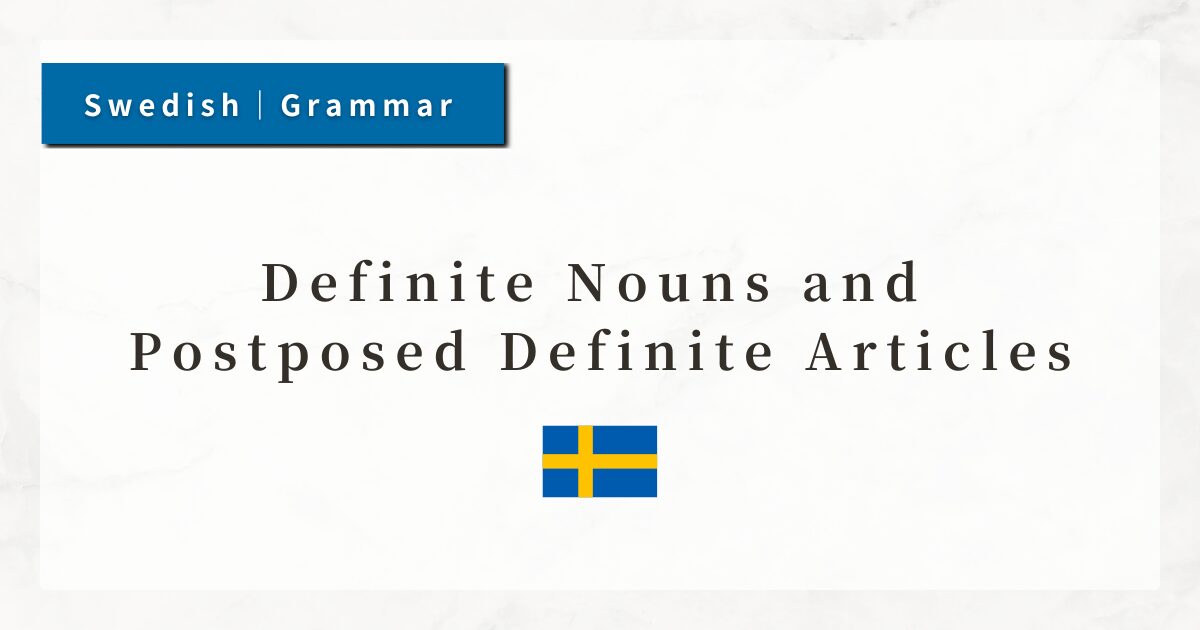#55 Swedish Interjections|Common Expressions with Examples
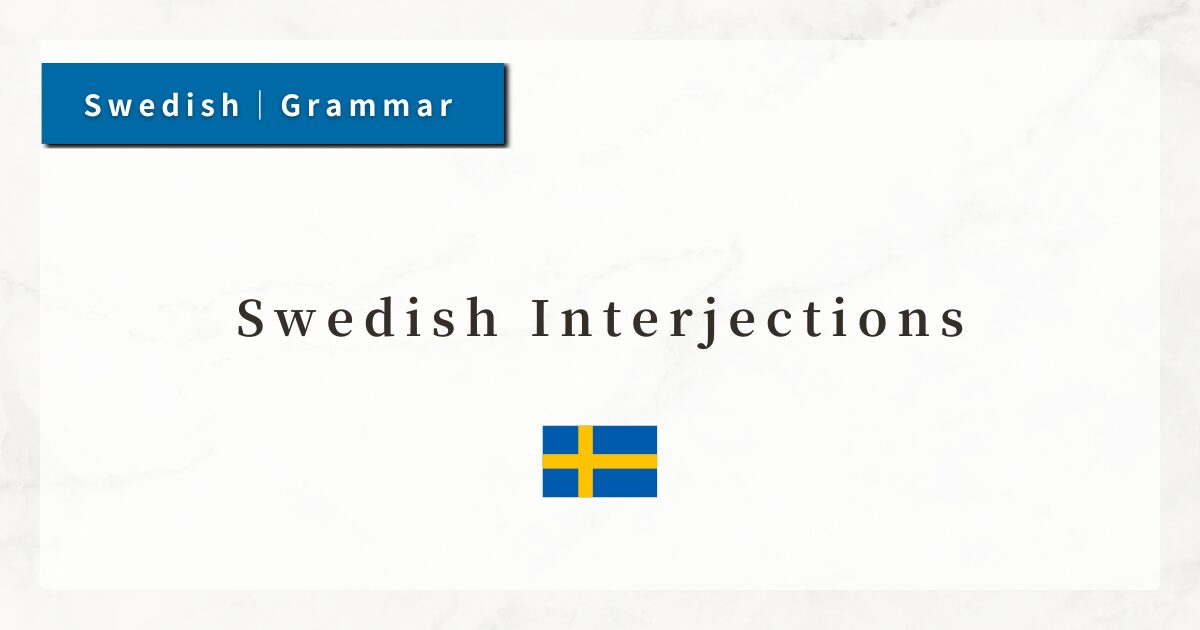
In Swedish, there are expressions called interjections. An interjection is a short word that directly expresses an emotion or reaction. It stands independently and does not depend on other parts of a sentence.
They correspond to expressions such as “Wow!”, “Oh?”, or “Eh!”, and make conversations sound more natural and expressive.
In this lesson, I will explain the different types of Swedish interjections and how to use them.
1. What is an Interjection?
Interjections are words that express the speaker’s feelings or reactions directly, such as surprise, joy, sadness, or calling someone’s attention.
Grammatically, they are independent and can be used on their own.
- Hej! : Hello!
- Oj! : Oh! / Oops!
- Usch! : Ugh! / Yuck!
By using interjections, you can convey emotions in a straightforward way.
2. Common Interjections and Their Usage
There are many interjections in Swedish. Below are some of the most frequently used, grouped by situation.
2-1. Interjections Used in Greetings
- Hej! : Hi! / Hello!
→ The most basic greeting. Widely used in casual situations. - Hallå! : Hello! / Hey!
→ Used on the phone or when calling someone to get their attention.
2-2. Interjections Expressing Surprise
- Oj! : Oh! / Oops!
→ Used when noticing something or when surprised. - Åh! : Ah! / Wow!
→ Used to express admiration or emotion.
2-3. Interjections of Denial or Refusal
- Nej! : No! / Don’t!
→ Used for strong denial. Often appears at the beginning of a reply to cut off the conversation. - Fy! : Terrible! / Shame on you!
→ Expresses disapproval or reproach. Common when scolding children.
2-4. Interjections Expressing Disgust or Discomfort
- Usch! : Ugh! / Yuck!
→ Used for unpleasant smells, coldness, or disgust.
3. Grammatical Points of Interjections
3-1. Independence from the Sentence
An interjection conveys meaning on its own and does not need to be integrated into a sentence.
In conversation, however, it is often placed at the beginning to add emotional nuance.
- Oj, vilken överraskning!
(Oh, what a surprise!)
3-2. Direct Expression of Emotion
Interjections express the emotion itself directly.
For example, when agreeing, adding emphasis with Ja! (Yes!) used interjectionally makes the feeling stronger and clearer.
4. Difference from Adverbs and Adjectives
Interjections differ from adverbs and adjectives in that they do not play a grammatical role in the sentence.
- Adverb
→ describes the manner of an action. - Adjective
→ describes a person’s or object’s state. - Interjection
→ expresses the raw emotion itself.
While an adverb explains how something is done, and an adjective attributes a quality, an interjection expresses the speaker’s reaction directly.
5. Summary
- Interjections are words that directly express feelings and reactions.
- They stand independently from sentences (e.g., Hej! / Oj! / Usch!).
- Common types include greetings, surprise, admiration, denial, and disgust.
- They make speech more natural and convey emotions directly.
- Unlike adverbs or adjectives, interjections are not sentence elements but pure reactions.

